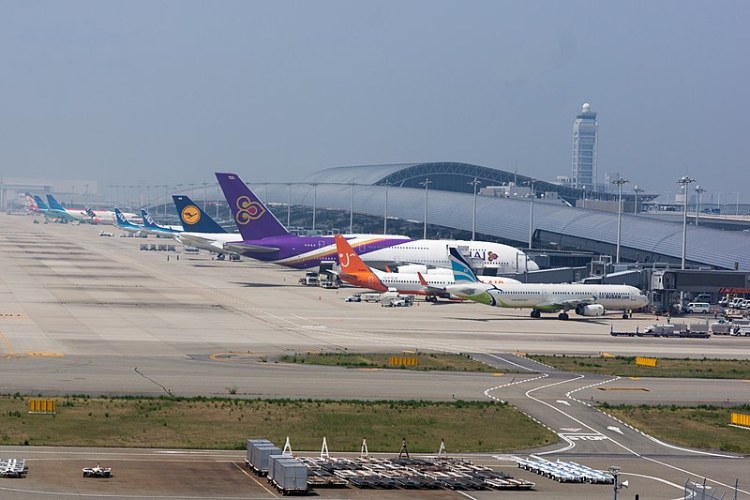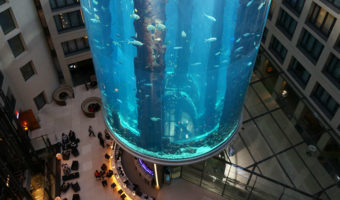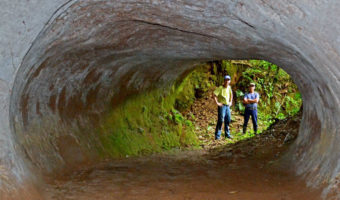Why Is Japan’s Multi-Billion-Dollar Floating Airport Sinking into the Sea?
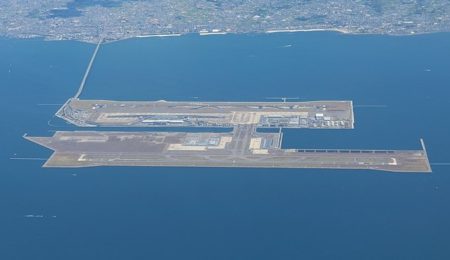
Human ingenuity has allowed our species to conquer even the skies. Airplanes zip through the skies on a regular basis, and airports are hubs of activity that facilitate trade and travel. Airports require a great deal of planning, not only to operate but also to build. The location of an airport is crucial in determining its usage and longevity. However, some airports miss the mark when it comes to their whereabouts. One such example is the sinking airport of Japan – Kansai Airport. While the facility is critical to the region, it could soon disappear under the waves! Let’s understand the inception of Kansai Airport and what led it to its current situation.
Table of Contents
How Was Kansai Airport Built?
This sinking airport of Japan is also one of the most unique airports in the world. Opened on 4 September 1994, Kansai International Airport is a private facility built on two artificial islands in Osaka Bay, southwest of Osaka. The city’s existing airport was too small, resulting in the region losing trade opportunities to Tokyo. With almost no room to expand the existing airport in Osaka due to the terrain and presence of residential areas, engineers looked towards the sea.
Reclaiming the land from the sea began in 1987. It started by laying sand over the clay sea bed and installing 2.2 million vertical pipes, each nearly 16 inches in diameter, filled with sand to create a dry and dense foundation. The first half of the airport, one runway on one island, began operation in 1994, and a second runway opened on a second artificial island in 2007. An over-the-water bridge linked the airport to Rinku Town, Osaka. The project cost nearly $20 billion, with an expected uniform subsidence over 50 years to settle at 13 feet (3.9 meters) above sea level.
Why Is Kansai Airport Sinking into the Sea?
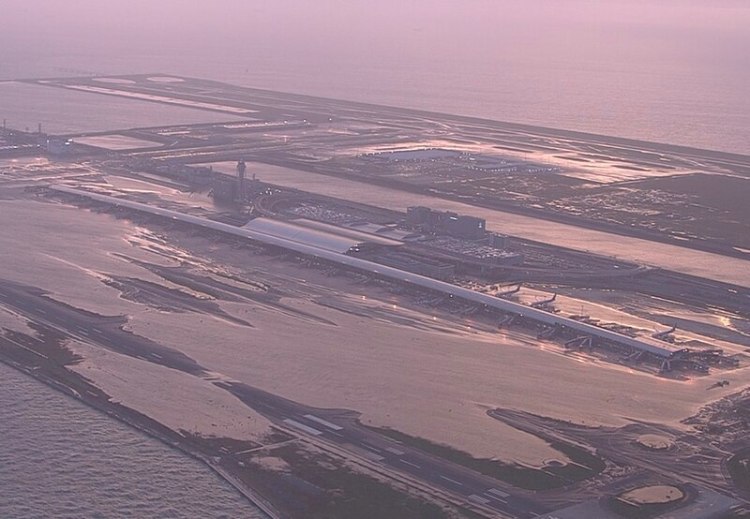
The sinking airport of Japan didn’t follow the expected subsidence trajectory, reaching the critical threshold in just six years! A $148 million sea wall did little to help prolong its submergence. The core issue of the airport, and the cause of its rapid submergence, is the volatile foundation.
Nine hundred support columns attached to hydraulic jacks placed below the airport regulate the settling process. Attempts to slow the sinking rate included placing additional iron plates below the hydraulic systems but to no avail. The airport will continue to sink into the water and could do so for many centuries to come. It is not just the speed of sinking that worries the engineers but also how unevenly it is occurring. Engineers consult meters on each one of the 900 support columns to calculate tilt and adjust the hydraulics accordingly.
Kansai Airport is also at the mercy of natural disasters and oceanic tempests. In 1995, the airport endured the Great Hanshin earthquake, and in 2018, seawater cascaded onto the runway due to a typhoon. The structure has sunk 38 feet (11 meters) since completion, and experts predict it could be below sea level by the 2050s.
What Makes the Sinking Airport of Japan So Important to Osaka?
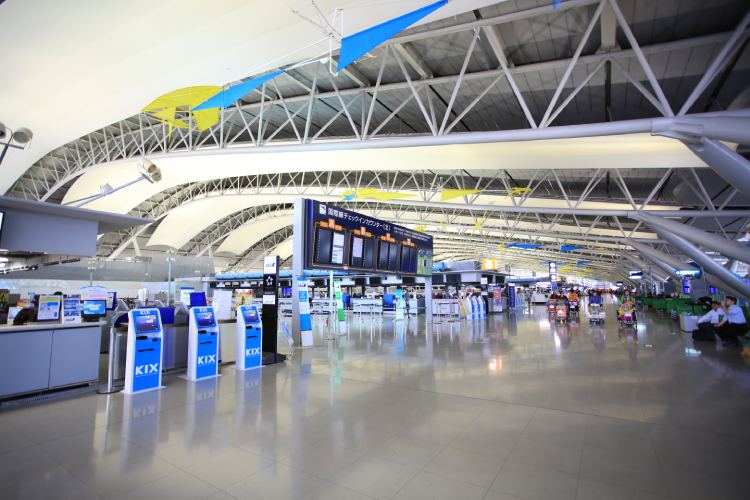
Since it began operations, Kansai International Airport has become a hub of travel and trade for the Osaka region. The purpose of the airport was to attract trade opportunities that were redirected to Tokyo due to the lack of space in the existing Osaka airport. The airport now acts as a critical stop for major Asian airlines such as Nippon Airways, Japan Airlines, and Nippon Cargo Airlines. With over 20 million annual visitors, Kansai Airport ranks among the busiest airports in Asia.
Osaka is Japan’s third-largest city, further amplifying the pressing issue of Kansai Airport’s submergence. The unpredictable nature of its sinking hinders support work to postpone the inevitable. With many experts predicting the airport will be below sea level by 2056, it’s a race against time for Japan to save this iconic structure.














